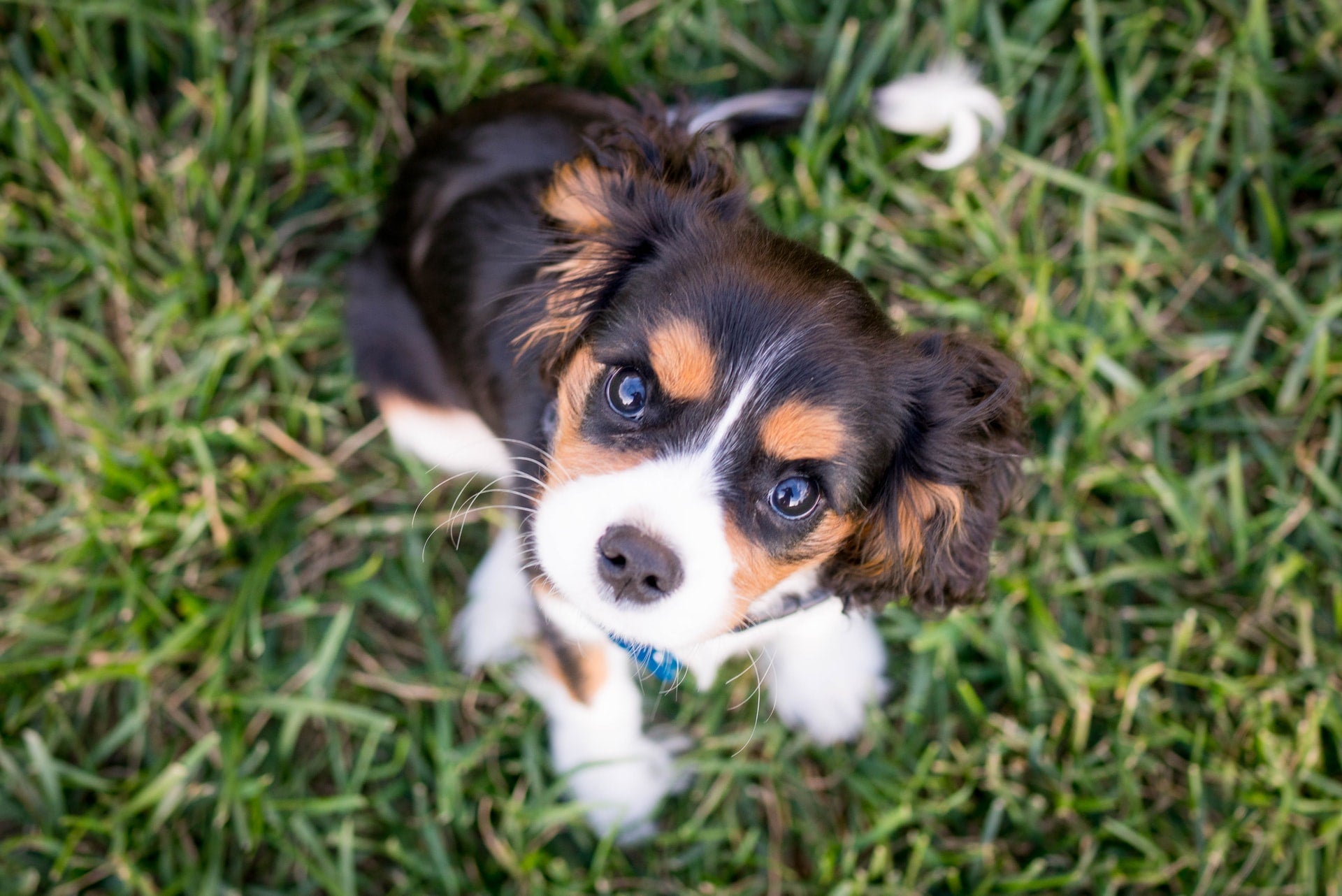Pet owners are familiar with the unconditional love that comes with inviting a furry friend into your family. As much as we love our pups, though, we may not love everything that comes with pet care; no one loves coming home to find that their pooch has soiled the floor or carpet, for example.
If you’ve recently adopted or are planning to adopt a puppy, potty training should be a top priority to ensure a happy, comfortable life for both you and your dog.
Potty Training Timing and Timelines
Generally, you should begin potty training your puppy when he’s between 12-16 weeks old. If you start too early, your pup won’t get much out of the experience since he’s still learning how to control his bladder and bowels.
If you’re worried that you’ve missed your puppy training window, don’t fret: it’s never too late to teach an old dog new tricks, though it may take a bit more time and patience.
Of course, potty training a puppy also takes plenty of time, patience, and persistence—even if you’ve timed everything perfectly. The exact timeline depends on a variety of factors including age, history, health, puppy training methods, and consistency. Some puppy training takes between 4-6 months; in other cases, it may take up to a year for your dog to be completely housebroken.
Puppy Potty Training Methods
Along with regular walks and exercise, a healthy diet, a consistent schedule, and positive reinforcement, there are a few different methods when it comes to house training your dog. There’s not necessarily one right or wrong solution, but it is important that you stay consistent in whatever you choose.
Some popular puppy potty training methods include:
Crate Training
Some pet owners cringe at the idea of crate training, thinking that it’s a cruel way to confine a dog. When done correctly, thorough, crate training can be incredibly beneficial for both you and your dog. (Note: crates should never be used as punishment for dogs.)
Dogs are den animals by nature, and a comforting crate can be a great way to provide a pup with his own safe space. Crates can give dogs a sense of security as well as independence—plus, they’re an incredibly handy training tool.
The ideal crate should be big enough for your furry friend to stand up and turn around, but not big enough that he can soil the space and still comfortably avoid his mess. Dogs instinctively avoid peeing or pooping where they sleep or spend significant amounts of time, so crate training is a helpful way to encourage housebreaking.
Paper Training
Ideally, you would train your dog to use the yard or outdoor space as his bathroom. However, that can be challenging for some dog owners depending on health, age, or living situation.
Potty pads act as a substitute for an outdoor pee spot and can be a helpful way to teach your dog that if he has to go inside, he should at least go in the same approved spot every time.
Please keep in mind that potty pads should not be used as a replacement for house training altogether, or as an excuse to leave your dog unsupervised for extended periods of time.

Potty Training Problems
Some dogs have a harder time with potty training than others. Accidents happen, and when they do, it’s important to address them appropriately.
When your dog goes inside, don’t scold him or rub his nose in his mess. Punishing him will only teach him to hide when he has to go, rather than communicate about his needs.
Clean the mess thoroughly, so he doesn’t return to the same spot to soil it again.
If you happen to catch your dog in the act, clap or make a noise to acknowledge the behavior, and immediately take him outside or to his potty pad. Give him plenty of praise (and maybe even treats) when he goes in the right spot to encourage him to make it a habit.
If your pup doesn’t seem to be making any potty training progress, it never hurts to talk to your vet to rule out potential health problems that may be contributing to his bathroom issues.
Planning a Puppy Training Schedule
Dogs are creatures of habit and love consistent routines. Plan a consistent house training schedule around your dog’s meals, naps, and exercise, along with your sleep and wake schedule.
Generally, your puppy’s bathroom breaks should occur:
- When you wake up
- When your pup wakes up (including mid-day naps)
- After meals
- After drinking water
- After playtime or exercising (after all, moving tends to get things moving!)
- Before you go to bed
It’s a good idea to keep your dog’s crate in your room while you sleep so you can hear if he’s trying to tell you that he needs to go. Use the “month plus one” concept as a general rule of thumb: for example, a 4-month-old puppy should be able to stay in his crate for 5 hours without making a mess.
When you take your dog outside, always use the same door and try to go to the same spot, and offer plenty of praise for successful elimination. It’s best to stay outside with your dog for the duration of his bathroom break until he’s completely housebroken.
Knowing When Your Dog Needs to Go
Eventually, your dog should be able to clearly communicate to you when he needs to go. Common signs that a pup needs to go outside include:
- Whimpering, whining, or barking
- Circling
- Sniffing the floor or carpet
- Acting overly excited or antsy
- Wandering away from other household members, likely looking for a spot to pee or poop
- Waiting by the door
Promote your pup’s digestive health with PetHonesty’s tasty supplemental chews, made from natural ingredients. Digestive Probiotics Chews encourage healthy food digestion and nutrient absorption, and 10-for-1 Multivitamins support your dog’s overall health.
Sources:
https://www.akc.org/expert-advice/training/how-to-potty-train-a-puppy/
https://www.akc.org/expert-advice/training/the-ins-and-outs-of-potty-pad-training/
https://pets.webmd.com/dogs/guide/house-training-your-puppy
https://www.petmd.com/dog/training/evr_dg_how-to-potty-train-your-dog













